While the auto tariff standoff between the U.S. and Canada has generated enough tension to rattle even the hardiest cross-border supply chains, it hasn’t been all doom and gloom. Amid all the chaos, certain players are racking up wins. From rural manufacturing towns to second-hand car dealers to lithium miners in Québec, the ripple effects of the tariff war are creating some highly unusual champions. Here are 25 of the most surprising winners of this geopolitical price-tag tug-of-war.
Canadian Used Car Dealers

Canadian used car dealers have unexpectedly emerged as winners in the U.S.–Canada auto tariff showdown. With the U.S. imposing steep tariffs, 25% on auto imports and auto parts since April, new car prices in the U.S. are projected to surge by $5,000 to $15,000 per vehicle. This sharp increase is pushing American consumers toward the used-car market, boosting demand and prices. Also, analysts highlight that “the price gap between new and used vehicles could make used cars a more attractive option”.
EV Battery Manufacturers in Québec
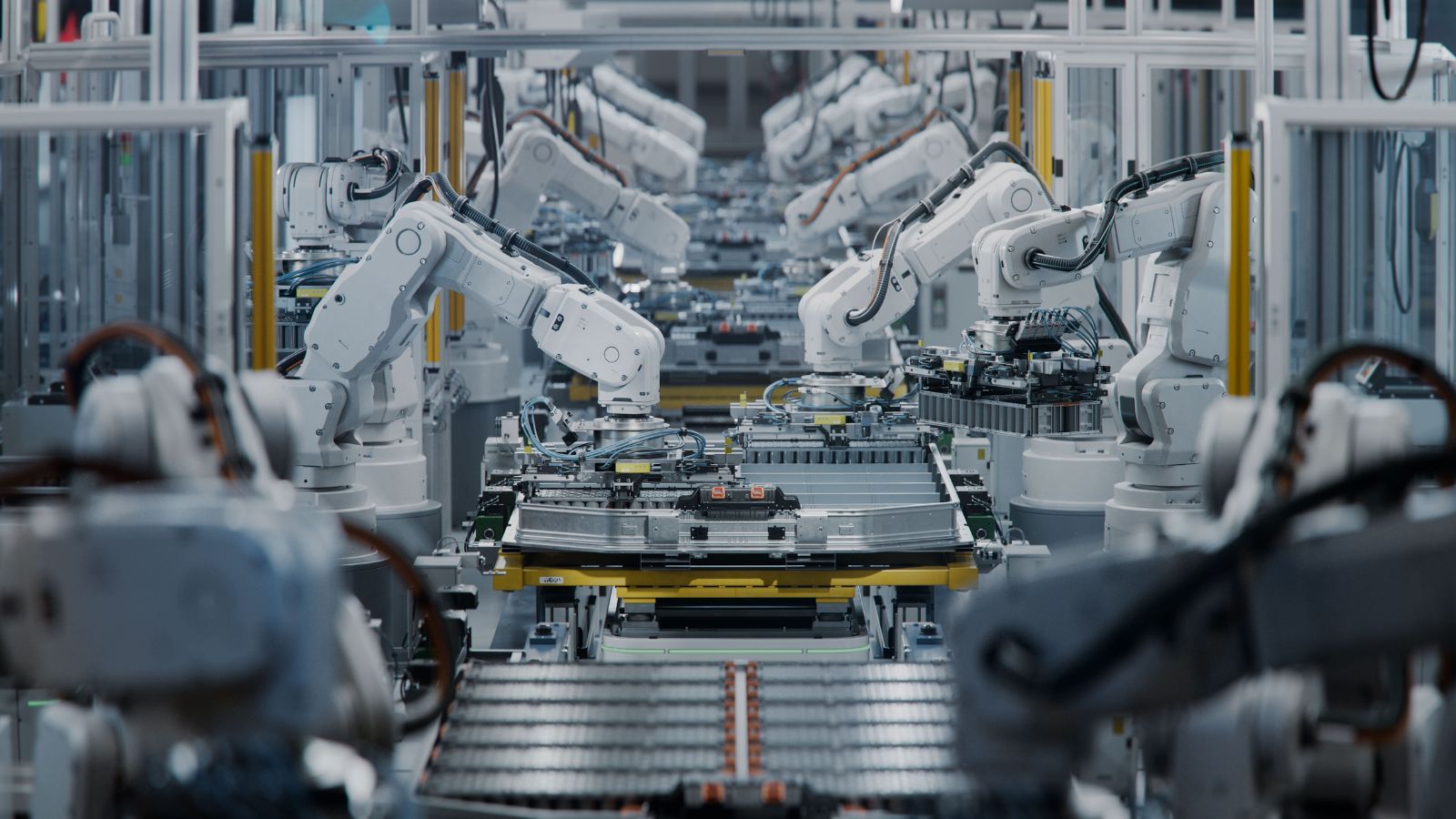
The war has accelerated Canada’s investment in domestic EV battery production. Québec’s abundance of lithium and graphite, along with its abundant hydroelectric power and billions of dollars in provincial and federal investment, has established it as a North American EV battery hub. While some projects, such as BASF’s battery materials plant, have been paused, Québec’s integrated supply chain—from mining to refining to battery-grade materials—positions it to capitalize on U.S. tariffs that raise costs for competitors relying on imports.
Mexican Auto Suppliers
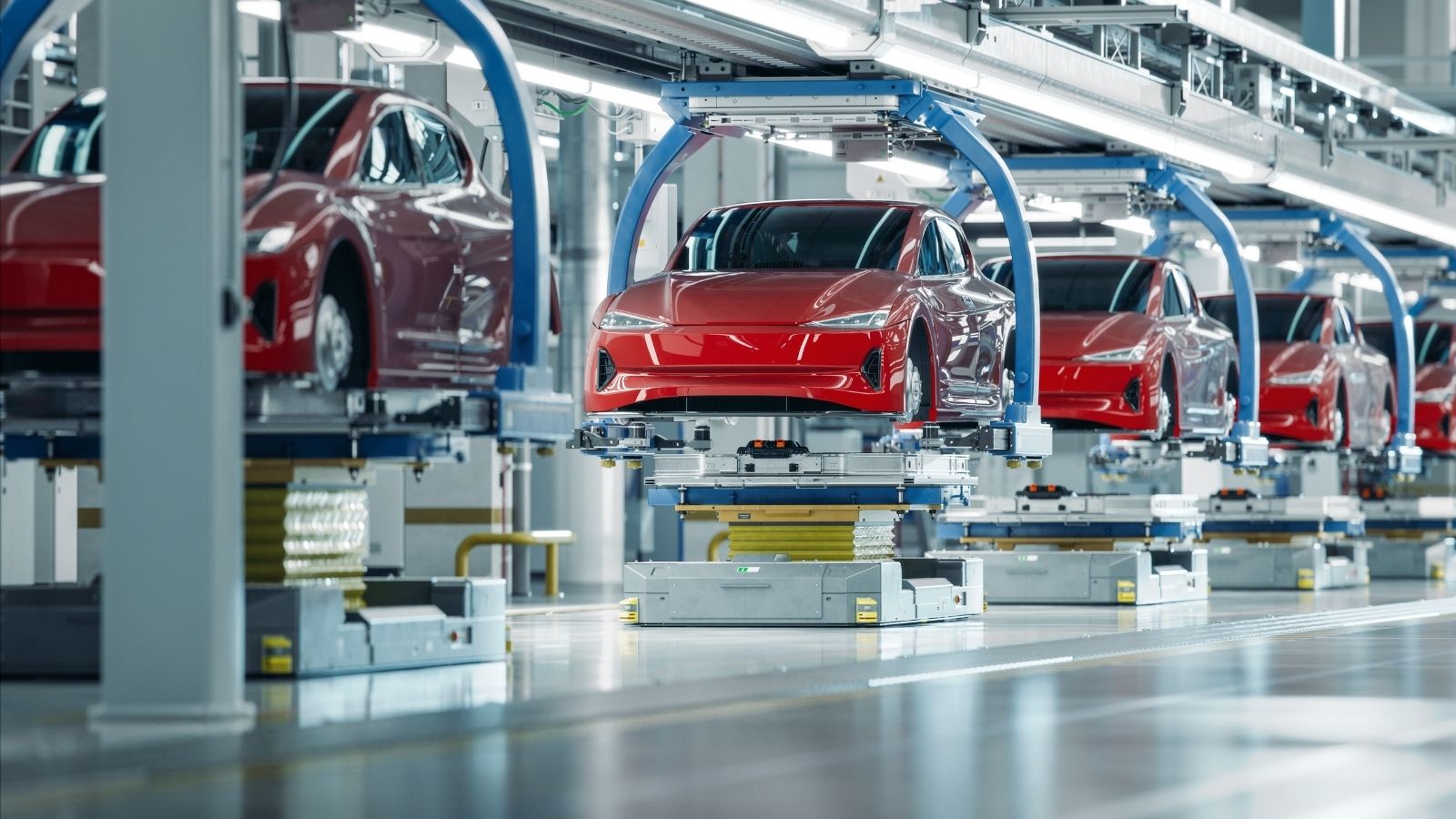
Caught in the middle but dodging bullets, Mexican manufacturers are benefiting from diverted orders intended initially for U.S. or Canadian suppliers. Bloomberg also notes that companies like Linamar—though Canadian—benefit from USMCA-compliant shipments that avoid duties. More broadly, Mexican suppliers enjoy a “comparative advantage” over competitors in Canada and other regions, with U.S. exemptions reinforcing nearshoring trends. Consequently, Mexican plants have become key nodes in North American auto supply chains and stand out as winners in this tariff environment.
Canadian Tire (Yes, Seriously)

With fewer American brands crossing the border, Canadian Tire has become an unlikely beneficiary. Also, despite sourcing roughly 15% of its merchandise from the U.S., Chief Executive Greg Hicks reports only a “manageable fraction” directly affected by higher auto‑sector duties. Customers appear largely unfazed: Essentials spending rose 8%, while discretionary purchases even ticked up by 1%, the first such increase in three years. To offset rising costs, Canadian Tire established a dedicated “tariff task force” that negotiates with vendors, adjusts sourcing strategies, and protects margins, ensuring tariffs have minimal impact on store prices.
Alberta’s Oil Refining Sector

More expensive EVs = prolonged demand for internal combustion engines. Alberta accounts for roughly 10% of North America’s refining capacity (second only to Texas), with massive upgrading hubs in Edmonton and Fort McMurray, and major facilities such as Suncor, Shell Scotford, and Imperial Oil operating ~400,000 barrels per day combined. Technological efficiencies, such as driverless trucks, AI-driven maintenance, and carbon capture, have reduced the cost to around US$41–43/barrel, which is well below U.S. shale’s approximately $65/barrel. As a result, Alberta’s oil sector not only withstands the tariff storm but also strengthens its strategic position within the continental energy system.
Auto Repair Shops in Winnipeg

With new car prices surging, drivers are opting to repair their vehicles rather than replace them. With U.S. tariffs—such as the recent 25% on auto imports and threats of duties on parts and copper—Canadian-made vehicles that incorporate high U.S. parts content may be partially shielded. Meanwhile, repairers in Winnipeg can source parts more affordably, thanks to exemptions and a weaker Canadian dollar. Meanwhile, as U.S. repair costs rise under tariff pressure (ranging from $3,500 to $5,700 extra per imported car), Winnipeg shops can undercut cross-border competitors.
Canadian Dealerships Offering Korean Brands

Brands like Hyundai and Kia, largely unaffected by U.S.-Canada tariffs due to alternate production hubs (e.g., South Korea, Mexico), have become golden geese for Canadian dealerships. As Canadian consumers increasingly compare Korean SUVs and sedans, favorably priced and readily available, dealers report rising interest and substantial inventory. Moreover, South Korea’s auto output typically meets CUSMA’s North American content rules, meaning minimal duties even if re-exported to the U.S. Thus, amid the tariff turbulence, Korean brands have become the unexpected winners—offering dealers growth, consumers choice, and cross-border trade relief.
Local 444 Unifor in Windsor

Canadian auto unions, such as Unifor Local 444, are gaining leverage as automakers negotiate new production lines within tariff-free Canada. The standoff is pushing companies to expand domestic operations to avoid cross-border complications. Moreover, solidarity within the membership and public support surged, as union leaders spotlighted the interdependence of North American manufacturing. By transforming tariff turmoil into political and financial momentum, Local 444 turned adversity into an advantage, emerging as an unlikely beneficiary of a bruising trade standoff.
Auto Auction Platforms
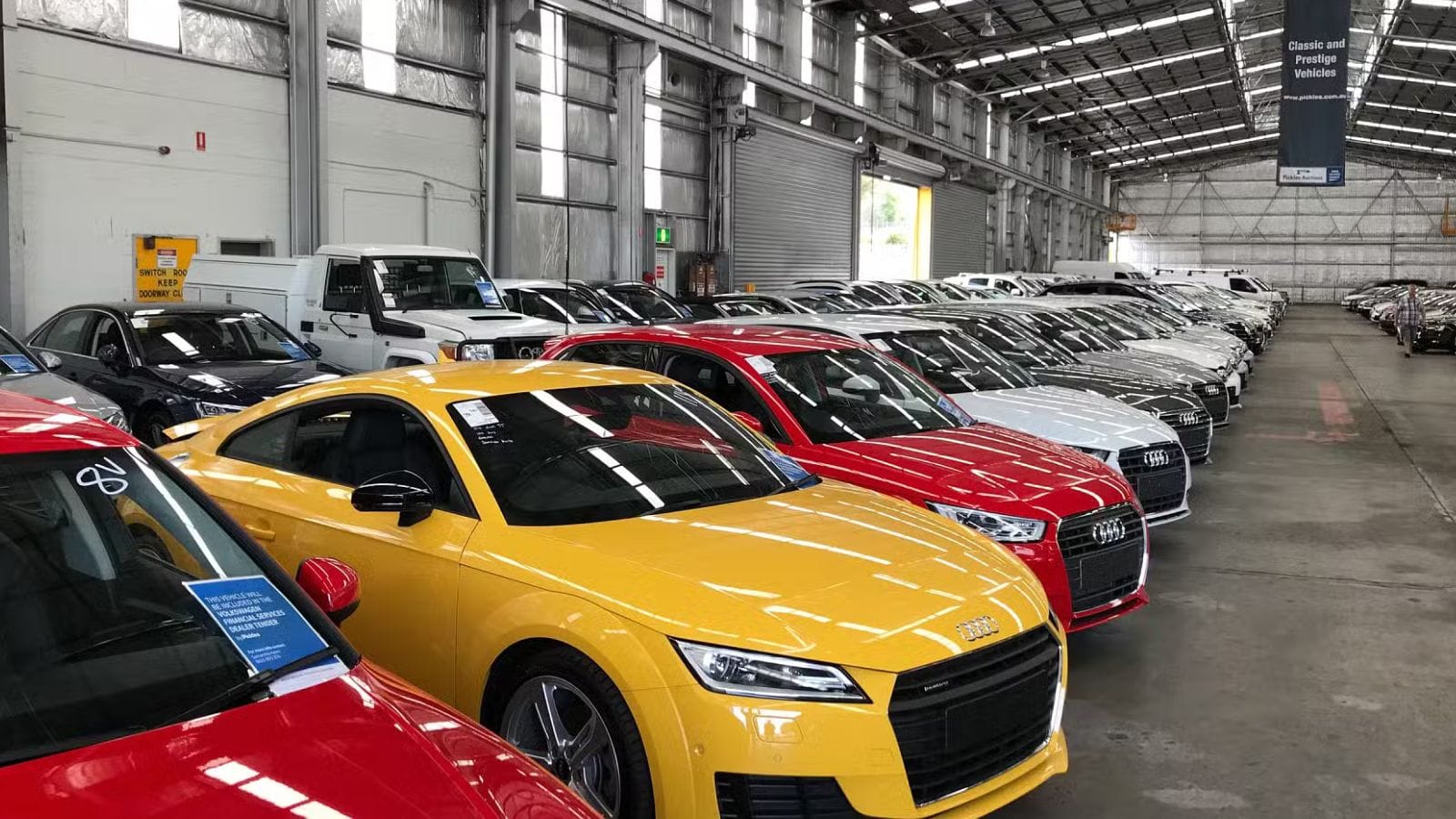
Auto-auction platforms have unexpectedly emerged as one of the big winners in the escalating U.S.–Canada auto tariff war. As surging export duties inflate the cost of new vehicles, potentially adding thousands per car, more buyers are flocking to the used market. At the same time, U.S. bidders are pulling back from Canadian auctions to avoid cross-border tariffs, giving domestic platforms a commanding home‑market advantage and leaving more inventory for U.S. buyers. Plus, platforms like ADESA are experiencing a spike in Canadian activity.
Tesla’s Canadian Battery Supply Chain

Tesla’s shift toward sourcing more nickel and lithium from Canadian mines is a direct outcome of rising U.S. import costs. With approximately 85% of its U.S. vehicle content compliant under USMCA, and a high proportion of parts sourced from its Canadian operations, Tesla is considered “least affected” by the 25% U.S. tariffs on Canadian auto parts. Additionally, Canada’s EV mandate, which requires automakers to hold 20% zero-emission vehicle credits by 2026, has enabled Tesla to earn over US$400 million in regulatory credits in Q1 2025, further bolstering its position.
Canadian Startup EV Makers
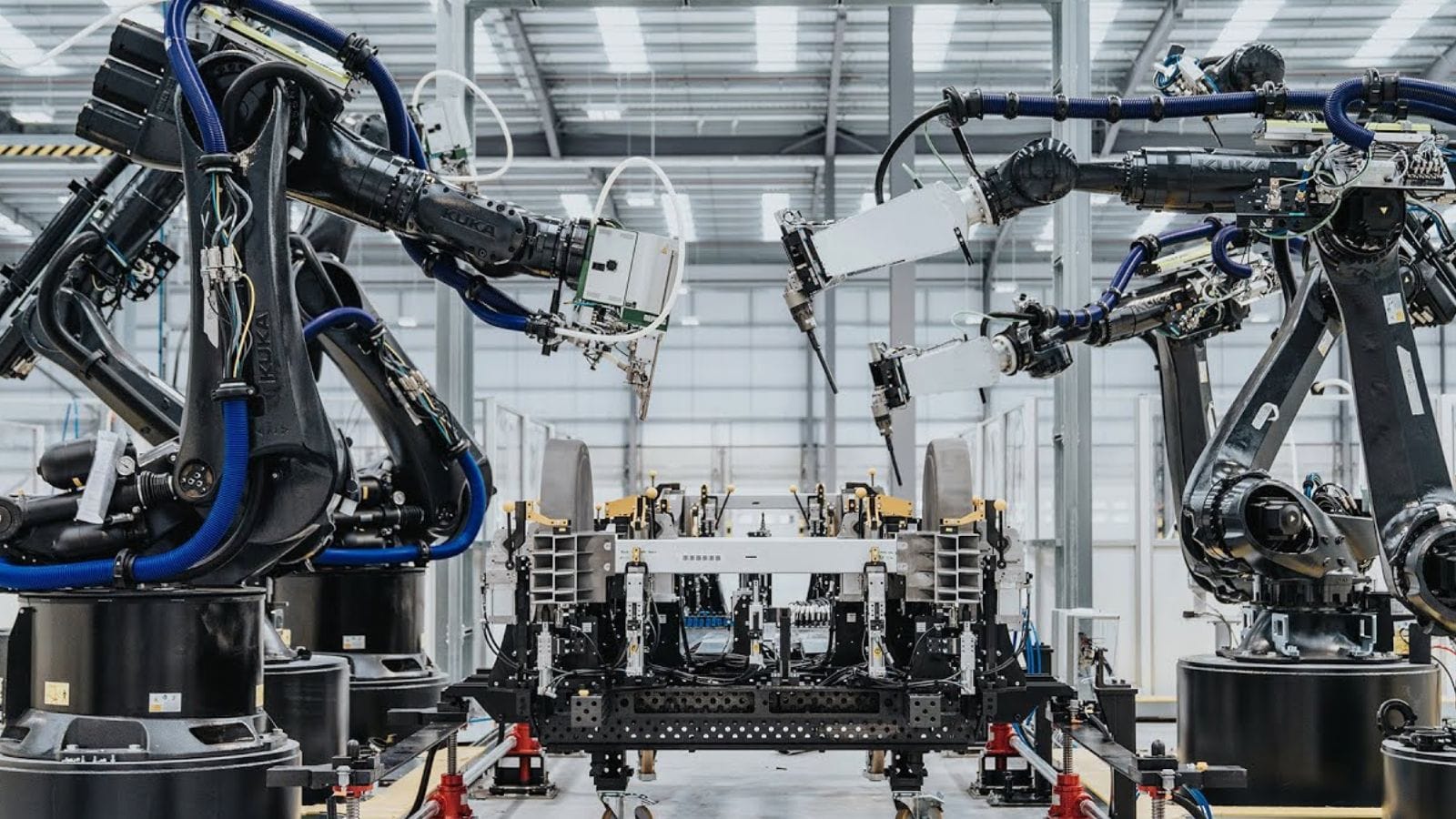
Companies like ElectraMeccanica and Daymak are drawing newfound investor interest, as tariffs make locally-manufactured EVs more competitive against American brands. While major automakers such as Honda, Stellantis, GM, and Ford face 25 % U.S. tariffs and have paused or delayed EV investments in Canada, the Canadian government’s selective tariff‐relief measures have inadvertently advantaged nimble domestic innovators. Canada exempts domestically based automakers from retaliatory tariffs if they maintain production levels and meet their investment commitments, encouraging local manufacturers.
Software Companies in Automotive Logistics
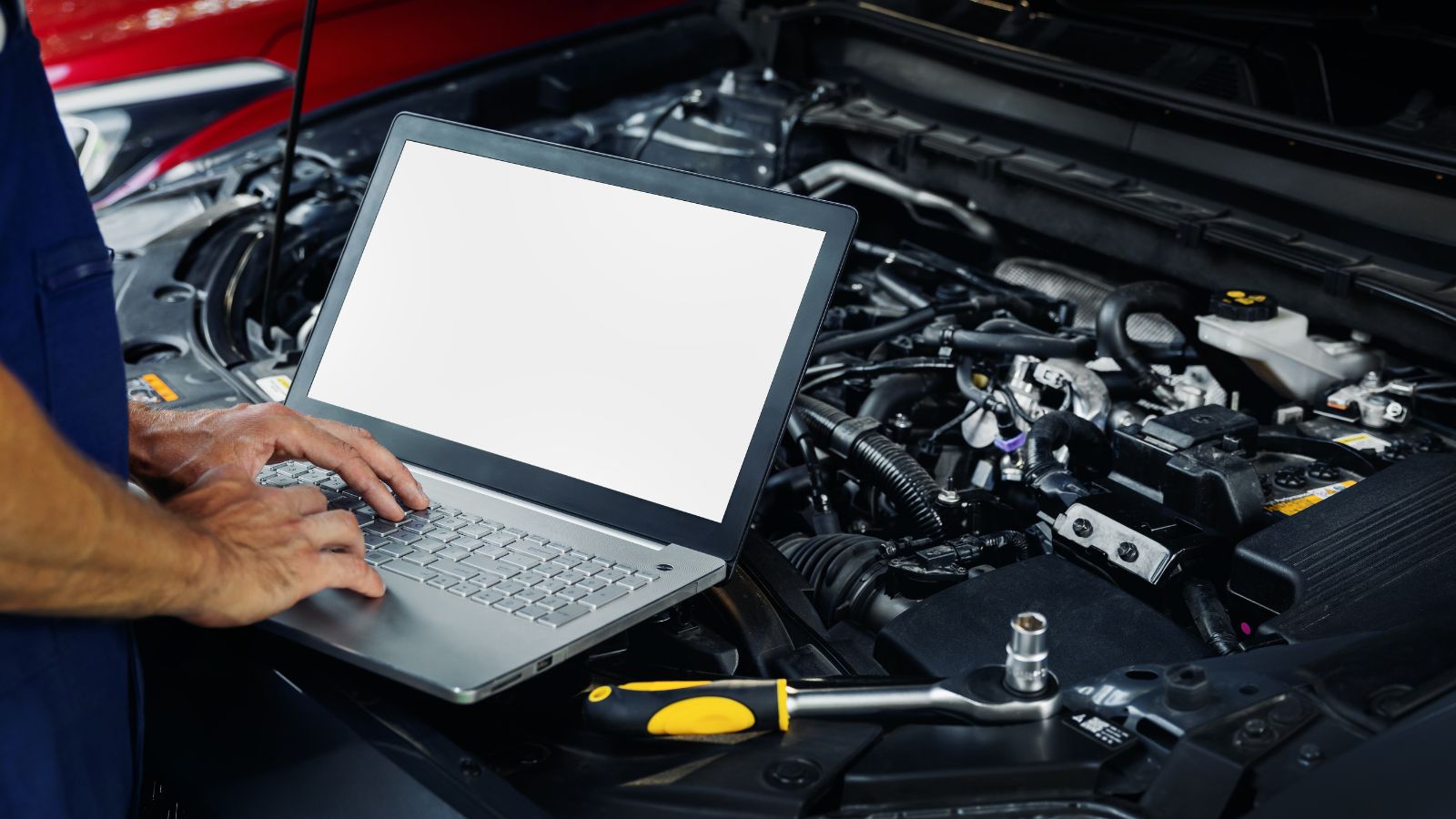
Supply chain instability is a goldmine for tech startups. Companies providing fleet management, customs clearance, and logistics optimization tools are suddenly indispensable. California-based Resilinc is also scaling its AI-powered supply-chain resilience platform to help automakers respond more quickly to tariff shocks. Additionally, broader software and services firms, such as IBM, Microsoft, and Palantir, among others, are benefiting from protectionist pressures as investors pivot toward less-tariff-exposed sectors.
Port of Halifax
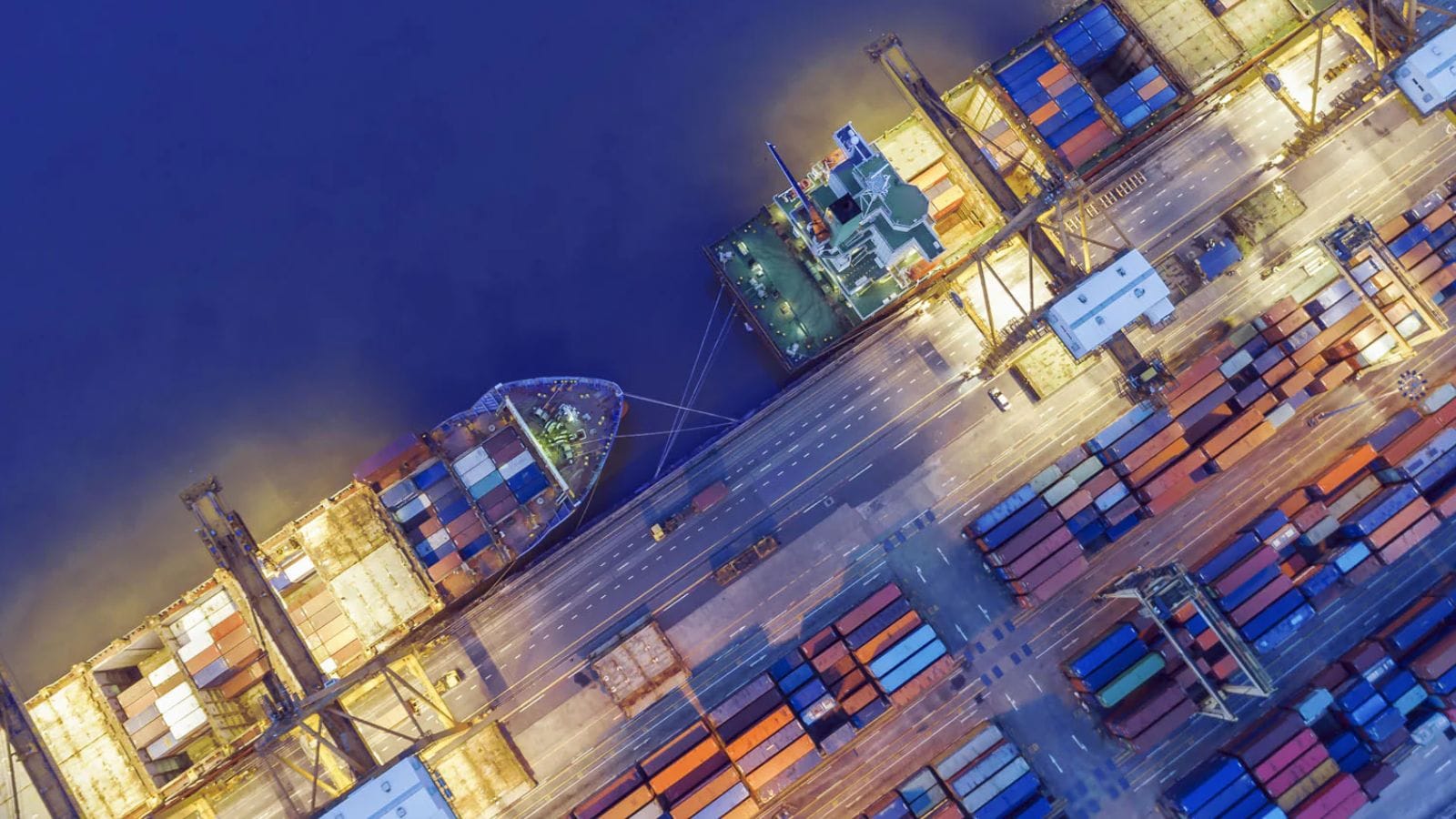
With delays and costs rising at cross-border land ports, some manufacturers are routing shipments through Halifax. Far from seeing traffic slow, the harbor and CN rail corridor are benefiting from increased transshipment, realignment of cargo routes, and bolstered naval logistics. Handling over 1,500 vessels annually and generating $2 billion in economic activity, the port’s Autoport—processing roughly 250,000 vehicles a year—is well‑placed to capitalize on North American supply‑chain shifts. In short, Halifax’s infrastructure, location, and network diversity make it a clear unexpected beneficiary of auto‑tariff tensions. The port’s role in automotive logistics is growing as a result.
Indigenous-Owned Mineral Firms

First Nations businesses involved in lithium, cobalt, and rare earth extraction in Canada are seeing investment boosts, with automakers eager to secure non-American sources. A pivotal example is Ontario’s “Ring of Fire” project, fast-tracked by Ottawa via C$1 billion in infrastructure spending and a federal “One Canadian Economy” act. It aims to unlock vast reserves of nickel, copper, and platinum on, or adjacent to, First Nations land. Additionally, the federal government has also offered C$3 billion in equity stakes to Indigenous communities, fostering new industry-led partnerships that generate increased revenue and jobs in these regions.
Used Parts Resellers
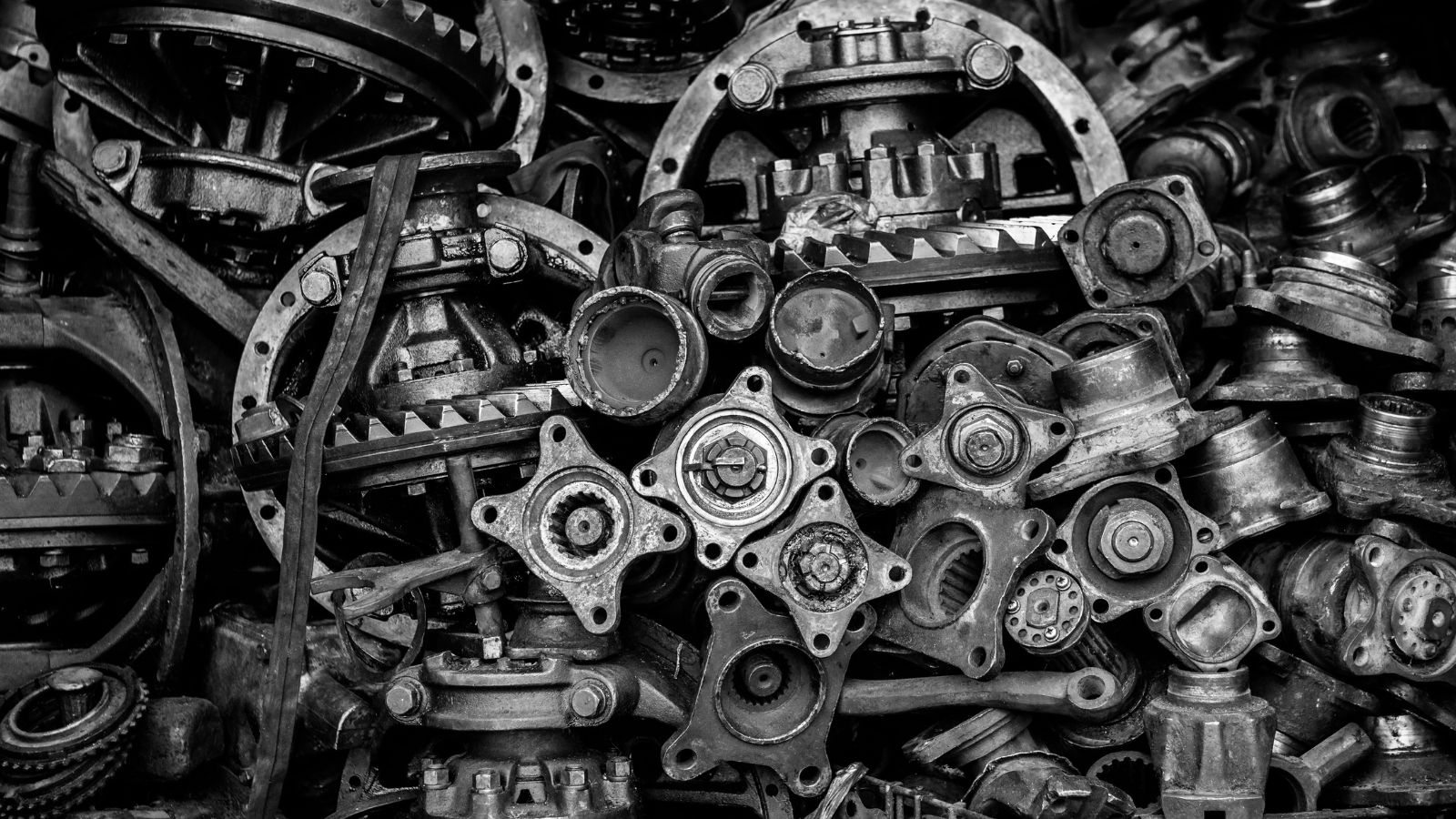
Used-parts resellers have emerged as unexpected winners in the U.S.–Canada auto tariff war. Car import tariffs—25 % on foreign-made vehicles and parts starting April—hit new and OEM components hard. However, tariffs do not apply to used cars or parts, making secondary-market sourcing increasingly attractive. Also, as prices for new imports surged by $2,000–$5,000 per vehicle, buyers are turning to used alternatives to avoid steep cost hikes. Industry analysts noted that this shift “benefit(s) the used‑car market, which remains unaffected by the tariffs,” highlighting gains for used-parts dealers.
Subcompact and Microcar Brands
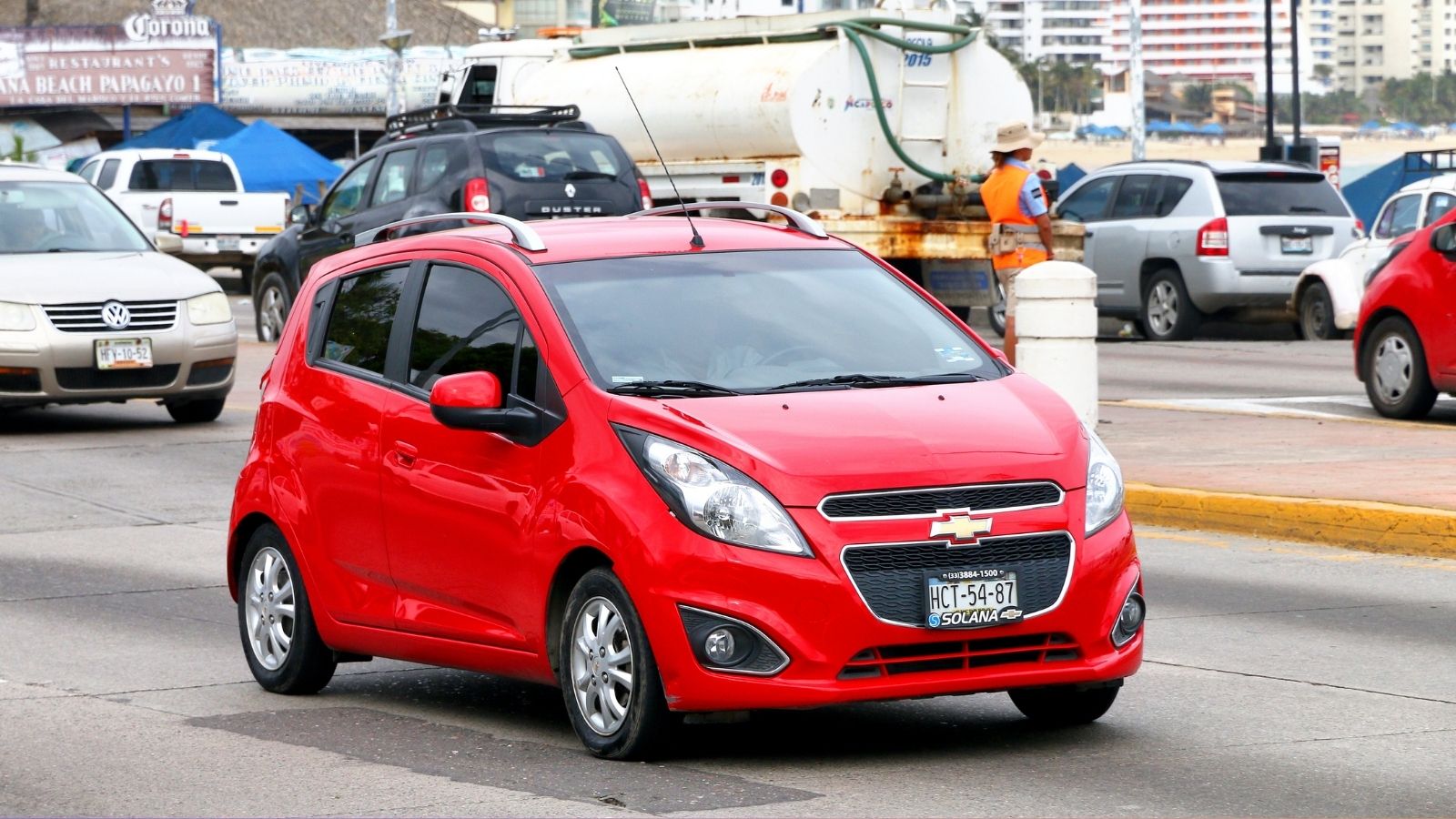
Brands like Mitsubishi (with the Mirage) and Chevy Spark have seen unexpected attention as tariffs make even low-end new cars feel luxurious. Ford also benefits, as about 80% of its lineup is U.S.-made (although smaller models, such as the Maverick and Bronco Sport, made in Mexico, will incur some tariff impact). Even Japanese and Korean brands, such as Toyota, Honda, Hyundai, and Kia, are adjusting—some are absorbing tariff costs or deepening their U.S. and Canadian manufacturing to maintain competitiveness. Canadians are going small to save big.
Canadian Automotive Engineering Schools
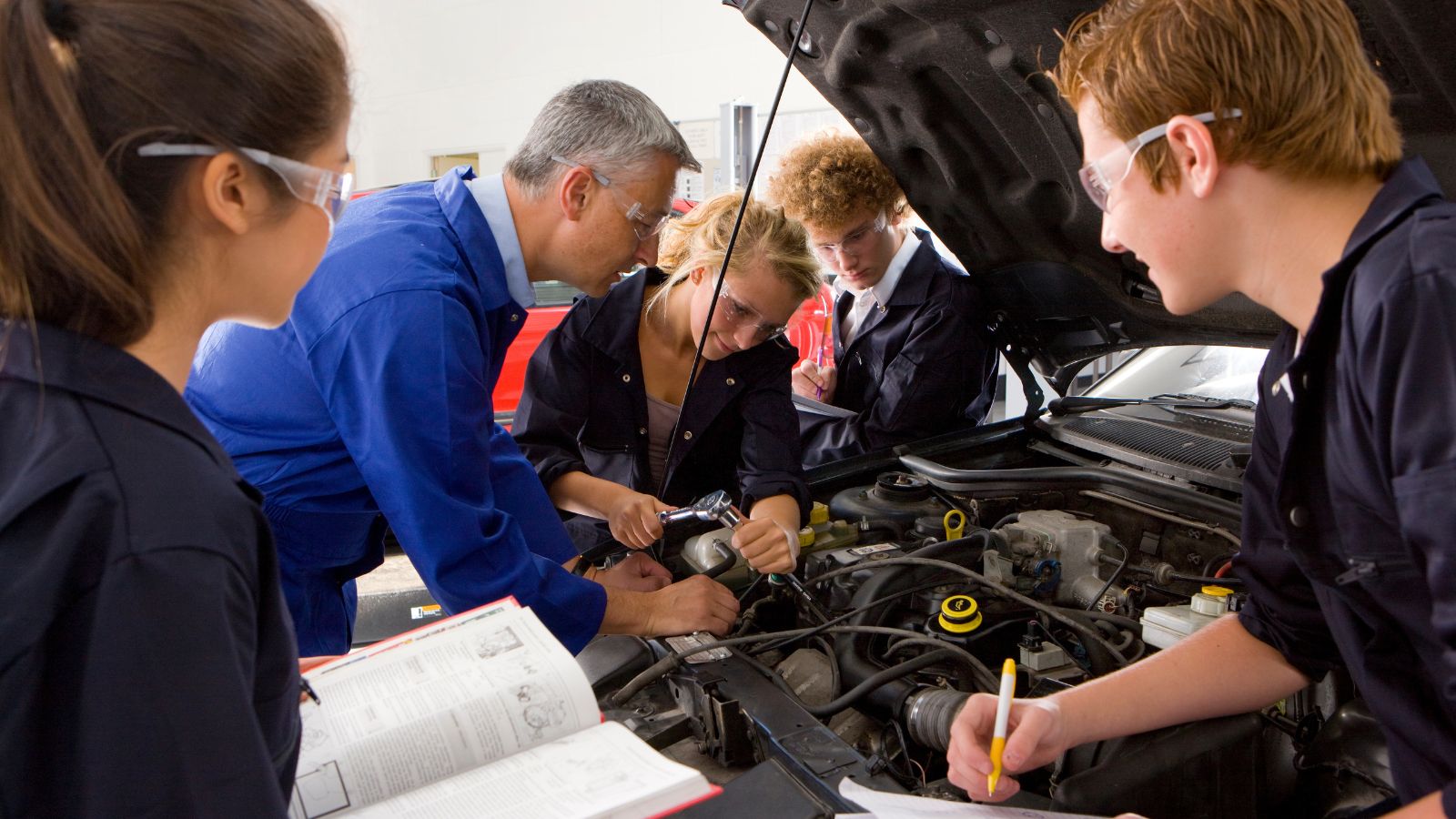
Canada is quietly gaining traction in automotive education, with institutions such as the University of Waterloo, Ontario Tech University, McMaster, and the University of Windsor playing starring roles. Waterloo’s Faculty of Engineering offers a cutting-edge Cooperative Education program and a dedicated Waterloo Centre for Automotive Research. Ontario Tech hosts Canada’s only standalone accredited Automotive Engineering bachelor’s, complemented by the Automotive Centre of Excellence, a $100 million GM-backed wind‑tunnel and testing hub.
Aftermarket EV Conversion Shops
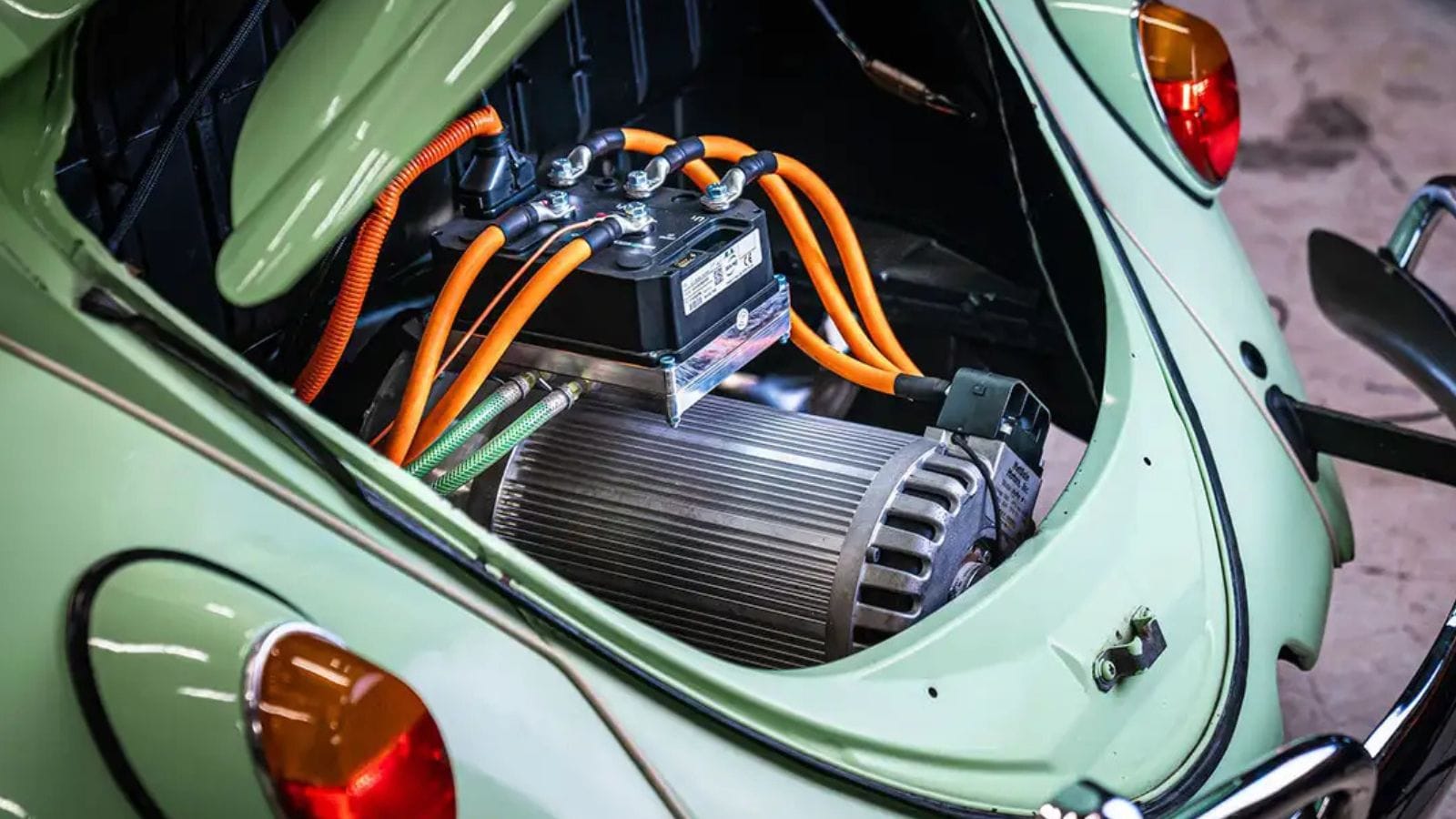
Outfits specializing in converting gas cars to EVs (a niche until now) are now being flooded with inquiries. Since these vehicles are already within tariff-protected borders and undergo conversion locally, they are exempt from the new cross-border levies entirely. That makes them significantly more cost-competitive compared to imported EVs, which face combined tariff burdens. Conversion shops thus capture both cost-sensitive buyers and fleet operators seeking to electrify without the premium, creating a niche growth spurt in the aftermarket segment. And, with tariffs expected to persist unless long-term trade adjustments are made, local EV conversion businesses are poised to continue thriving as a tariff-proof alternative in North America’s evolving automotive landscape.
Chinese EV Makers (In Theory)

Although still facing their barriers, Chinese automakers like BYD and NIO are eyeing Canada as a more accessible entry point compared to the U.S., especially with Canadian dealers scrambling for new inventory. While intended to protect domestic producers, these tariffs have had the opposite effect. By incentivizing Chinese brands to pivot local production abroad or bundle global exports into markets with fewer barriers, they’ve empowered firms like BYD and NIO. BYD, for instance, saw overseas sales more than double, reaching 464,000 units in H1 2025.
Canadian Rail Freight Operators

Rail networks, such as CN and CP, are benefiting as manufacturers shift from truck-based cross-border shipping to rail freight, which faces fewer bureaucratic hurdles under new trade protocols. CPKC has also capitalized on its unique single-line rail link between Canada, the U.S., and Mexico, expanding bonded shipments that bypass U.S. customs and tariffs—oat exports to Mexico quadrupled. This resilience stems from diversified revenues: CN’s freight mix balances U.S. trade with international and domestic traffic, while CPKC leveraged integrated North American networks and new intermodal contracts.
Rural Ontario Manufacturing Hubs
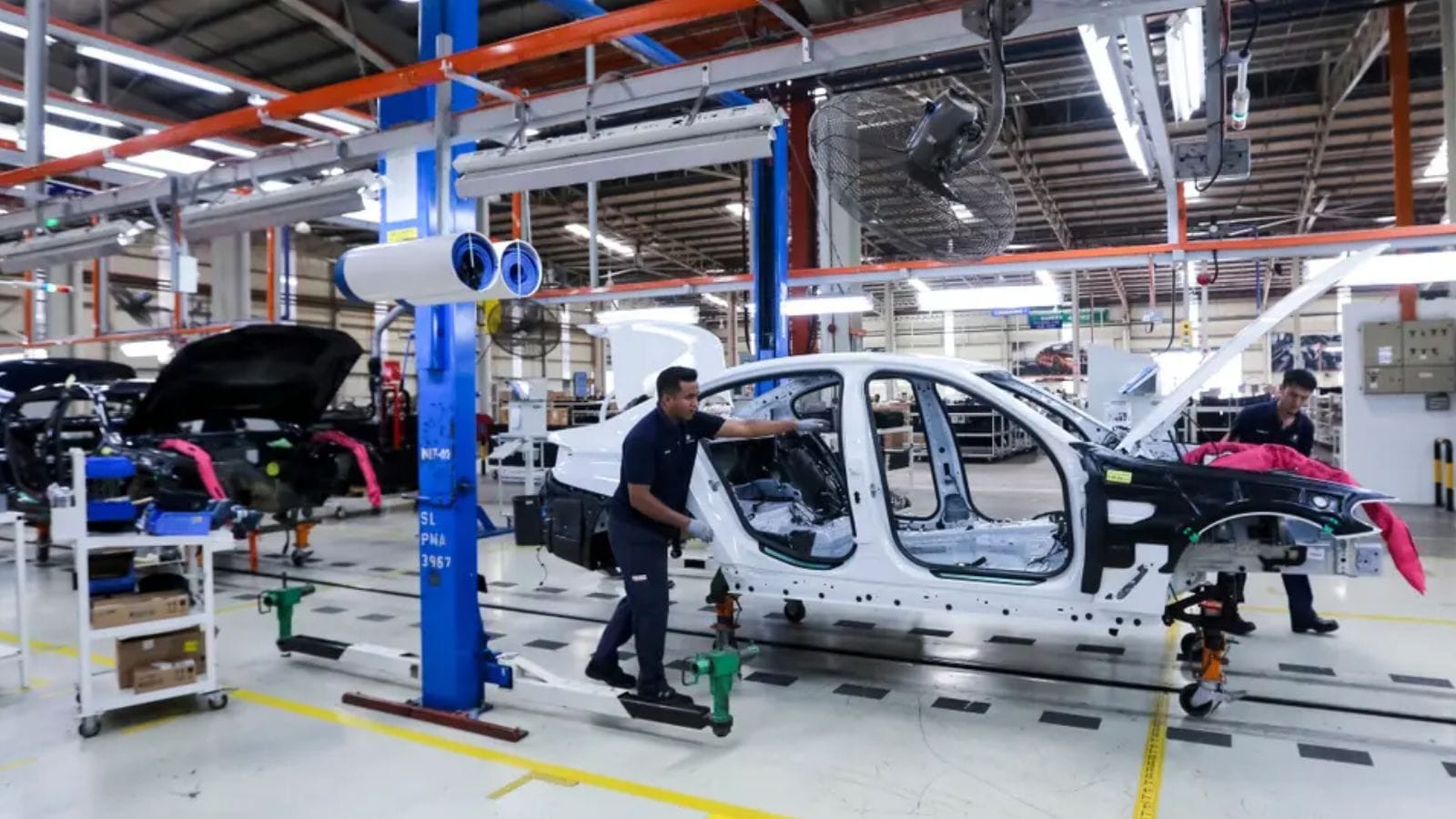
Rural hubs across Southwestern Ontario—especially in Windsor, Cambridge, Woodstock, Ingersoll, St. Thomas, and Guelph—are emerging as surprising winners amid the U.S.–Canada auto tariff war. These centres host major assembly facilities (e.g., Stellantis in Windsor, Toyota in Cambridge/Woodstock, GM in Ingersoll) and deep-tier parts suppliers. When President Trump imposed 25% tariffs on Canadian auto imports in early April 2025, the carve-out for USMCA-compliant vehicles (containing at least 75% North American parts) effectively halved duties to ~12.5% for many Ontario-built cars. A weaker Canadian dollar further reduced production costs.
Canadian Auto Journalism and Influencers

Confusion sells. Canadian YouTubers, TikTokers, and bloggers dissecting the tariff saga are seeing a rise in subscriber counts as audiences search for clarity amid the chaos. Their clear, engaging content has drawn larger Canadian and international audiences seeking real-time insights. Meanwhile, mainstream outlets like the Wall Street Journal note that Canada’s auto‑sector resilience—thanks to U.S. parts content and a weaker dollar—creates compelling story angles. In this environment of trade turbulence, Canadian auto‑media have gained credibility, influence, and visibility, emerging as clear surprise winners in an otherwise fraught economic standoff.
Canadian Car Subscription Startups

Tariff uncertainty has helped boost the “car-as-a-service” model. Toronto-based Roam offers month-to-month subscriptions that include insurance, maintenance, and EV and hybrid fleet services, catering to both consumers and businesses. It recently partnered with reforestation platform Veritree to offset its fleet emissions through a tree-planting initiative. Meanwhile, Kite Mobility is piloting EV‑hubs in residential buildings across Toronto, Montreal, Ottawa, and Calgary. It also offers shared access to cars, e-bikes, and scooters in exchange for users giving up their vehicles, with subscription rates ranging from CAD 200 to CAD 400/month following an initial free trial.
Automotive Policy Think Tanks
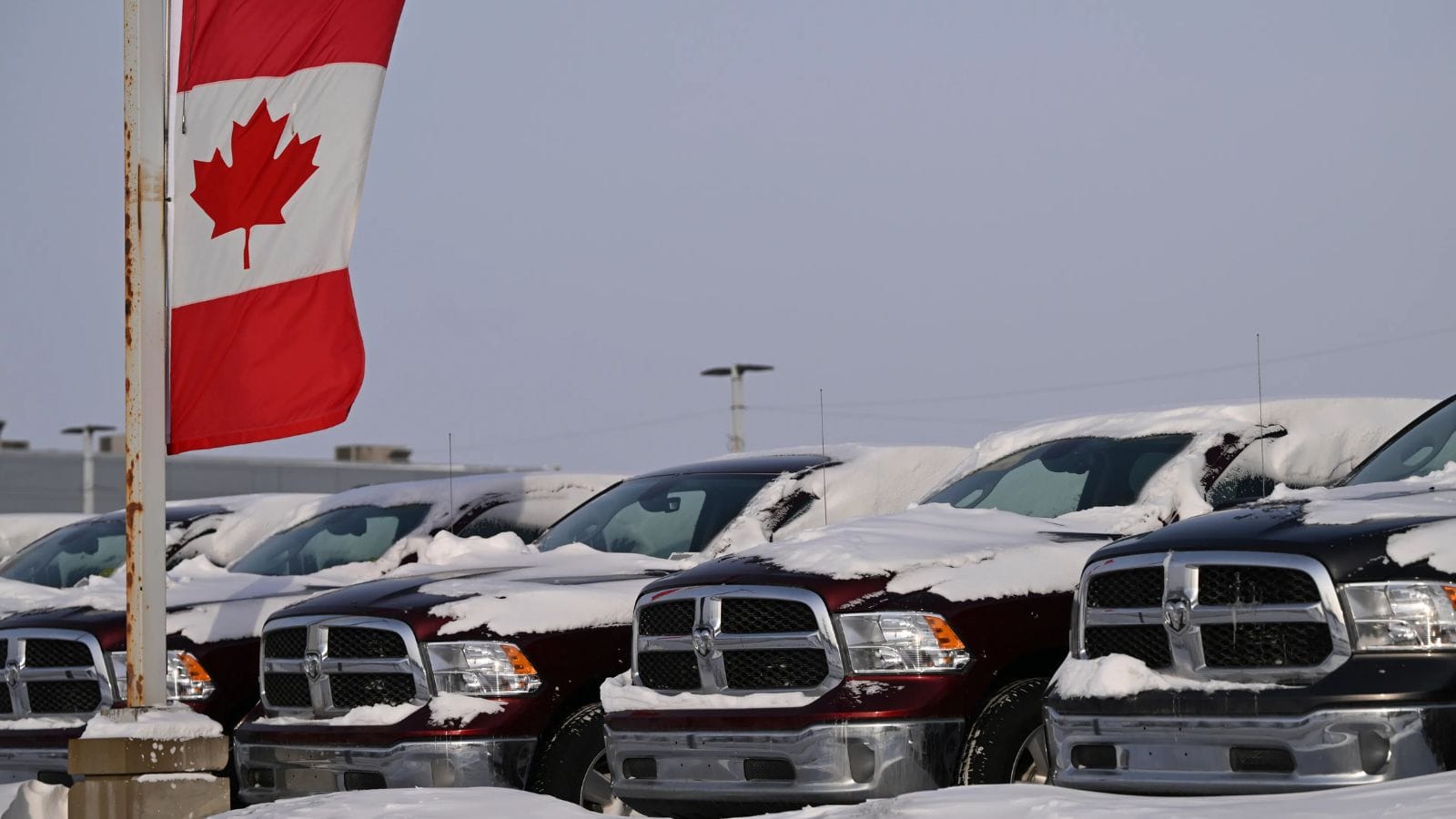
Canada’s C.D. Howe Institute emerges as a surprise policy “winner” in the U.S.–Canada auto tariff showdown. In its May report titled Back to the Future? Canada’s Auto Strategy, the institute advocated for reviving a modern “Auto Pact”: a self-balancing duty-remission system that maintains tariff-free vehicle flow between the U.S. and Canada under the USMCA protocol. This nuanced proposal aligns with Canada’s approach during the 2025 tariff escalation, exempting Canadian‑assembled vehicles and pressuring the U.S. to certify national content rather than imposing blanket duties.
Credit Unions and Auto Lenders

Price volatility has increased consumer borrowing for both new and used vehicles. As tariffs inflate vehicle costs by potentially thousands per car, more drivers—especially cost-conscious buyers—are turning to credit unions for affordable financing alternatives. Auto lenders aligned with credit unions are likewise benefiting from this shift, as buyers opt for financing on used or economically practical imported vehicles rather than expensive new models. Smaller lenders and credit unions are capitalizing on the surge in auto loans.
21 Products Canadians Should Stockpile Before Tariffs Hit

If trade tensions escalate between Canada and the U.S., everyday essentials can suddenly disappear or skyrocket in price. Products like pantry basics and tech must-haves that depend on are deeply tied to cross-border supply chains and are likely to face various kinds of disruptions
21 Products Canadians Should Stockpile Before Tariffs Hit
